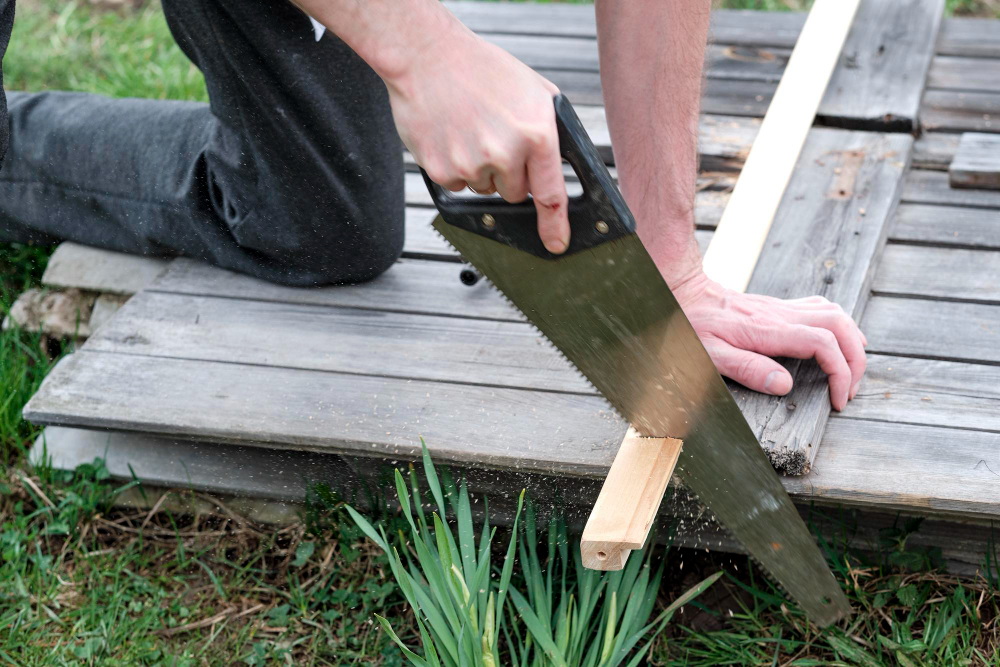Treating wood for outdoor use is a vital step in ensuring its longevity, resilience, and aesthetic appeal in the face of the elements. Whether you’re building a deck, patio furniture, or a garden fence, proper treatment can protect your wood from moisture, decay, insects, and UV damage, extending its lifespan and maintaining its beauty for years to come. In this article, we’ll delve into the techniques, products, and tips for treating wood for outdoor use, helping you unlock the secrets to successful wood preservation.
Choosing the Right Species
Not all woods are created equal when it comes to outdoor use. Some species, such as cedar, redwood, and teak, are naturally resistant to decay and insects, making them excellent choices for outdoor projects. Others, like pine and fir, are more susceptible to moisture and rot and may require additional treatment for outdoor applications. Before treating your wood, carefully consider the type of wood you’re working with and its natural properties to determine the best treatment approach.
Cleaning and Sanding
Before applying any treatment, it’s essential to properly prepare the wood surface to ensure optimal adhesion and absorption. Start by cleaning the wood thoroughly to remove dirt, dust, grease, and any existing coatings. Use a mild detergent or wood cleaner and a stiff brush or pressure washer to scrub away surface debris. Once clean, allow the wood to dry completely before sanding to smooth out any rough spots, splinters, or imperfections. Sanding not only improves the appearance of the wood but also opens up the pores for better absorption of the treatment.
Sealers, Stains, and Preservatives
When it comes to treating wood for outdoor use, there are several options to choose from, including sealers, stains, and preservatives. Sealers, such as clear waterproof sealers or wood sealants, provide a protective barrier against moisture, UV rays, and mildew growth, helping to prevent cracking, warping, and rot. Stains add color to the wood while also providing protection against UV damage and moisture infiltration. Additionally, preservatives, such as wood preservatives or wood rot treatments, can be applied to protect against fungal decay and insect infestation, particularly in high-moisture environments.
Brushing, Rolling, or Spraying
Once you’ve selected the appropriate treatment for your wood, it’s time to apply it using the right techniques. Depending on the product and the size of your project, you may choose to brush, roll, or spray the treatment onto the wood surface. Brushing is ideal for smaller projects or intricate details, allowing for precise application and control. Rolling is suitable for larger areas, providing quick and even coverage with minimal effort. Spraying is the most efficient method for large surfaces or hard-to-reach areas, ensuring complete coverage and penetration into the wood pores.
Patience is a Virtue
After applying the treatment, allow the wood to dry and cure according to the manufacturer’s instructions before subjecting it to outdoor conditions. Proper drying and curing are essential to ensure the treatment fully penetrates the wood and forms a durable protective barrier. Depending on the product and environmental conditions, this may take anywhere from a few hours to several days. Avoid exposing the treated wood to moisture or foot traffic until it has fully dried and cured to prevent damage to the treatment and ensure long-lasting protection.
Preserving the Beauty
To maintain the longevity and beauty of your outdoor wood projects, regular maintenance and recoating are essential. Depending on the type of treatment used and the level of exposure to the elements, you may need to recoat the wood every 1-3 years to replenish the protective layer and prevent degradation. Before recoating, clean the wood surface thoroughly and lightly sand to ensure proper adhesion. Apply the new treatment following the same techniques and guidelines as before, and enjoy your beautifully preserved outdoor wood for years to come.
Protecting Your Outdoor Investment
In conclusion, treating wood for outdoor use is a crucial step in preserving its beauty, durability, and resilience against the elements. By understanding the different treatment options, preparing the wood surface properly, applying the treatment using the right techniques, and allowing for proper drying and curing, you can ensure your outdoor wood projects stand the test of time. With regular maintenance and recoating, you can enjoy the natural beauty of wood in your outdoor spaces for years to come, knowing that your investment is well-protected against moisture, decay, insects, and UV damage.




